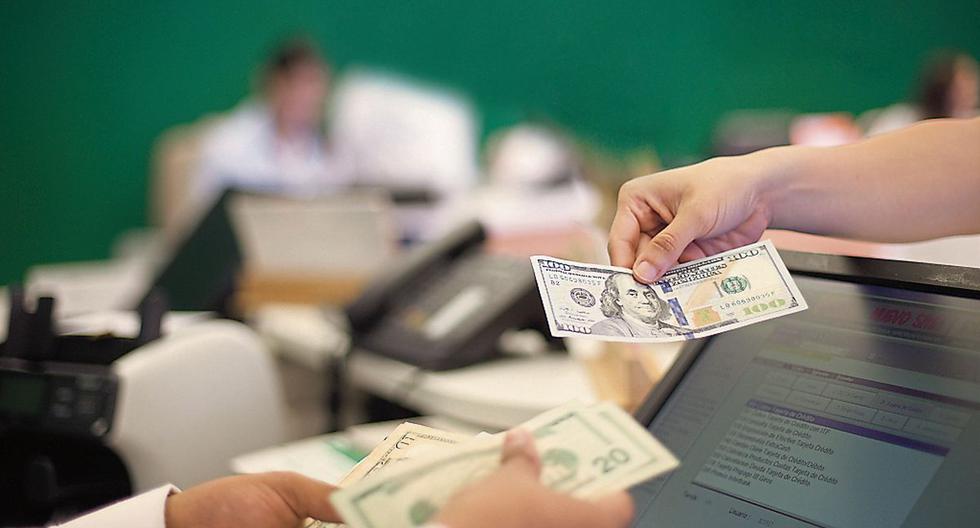Any company whose economic activity involves currency exchange knows that managing exchange rates for accounting and tax purposes is usually an overwhelming task. The permanent fluctuations in the foreign exchange market, whose conversion can take large amounts of time and is not exempt from manual errors, are the main reason why many companies suffer losses or face fines.
Paybacka business tool that digitizes 100% of expense control, analyzed the determining factors that complicate the exchange process within a company, concluding that updating and converting exchange rates can take too long for scale activities such as payment to suppliers, payroll or the successful closing of business with foreign clients.
Certainly, although there are factors that make this task more difficult and can put a company’s finances at risk, the automation of foreign exchange processes solves multiple problems by assigning official values that are applied to all convenient transactions at the same time. This provides greater security in all conversions, avoiding inconsistencies due to arbitrary manual assignment, also optimizing one of the most time-consuming internal procedures.
According to Carlos Villarroel, CTO at Payback, the automation of exchange rates must be carried out progressively, involving the company’s accounting resources and technological infrastructure. Here are three essential steps for the transition of this process:
- Data compilation and cloud backup: Once all the commercial and tax information is stored, it will be easier to connect it with the digital accounting platform through a business account.
- Programming of official exchange rates: Allowing the platform to carry out conversion operations with a single exchange value established by the foreign exchange market and corroborated by official sources, without the opportunity to be modified or manipulated by any user with access to the information.
- Performance review and reporting: By automating foreign exchange processes, companies save weeks of work and can quickly visualize financial results that allow them to make short-term decisions and visualize how exchange rates affect their business operations.
In 2022, variables such as hyperinflation, which threatens to slow down the world economy, have highlighted the need that many companies still have to automate the application of exchange rates, especially due to the devaluation of local currencies. In Latin America, the International Monetary Fund (IMF) estimates that inflation will reach 10% by the end of the year; For its part, Peru recorded in recent months the highest inflation since 1998: 6.82%.
These values represent a challenge for the economic sectors that trade products or services in the international market, since the highly volatile exchange margins require a longer validation time and can affect the finances of the companies, whose profit margin is where they are most affected. influence have exchange rates. But they can also lead to tax lawsuits due to omissions or errors in the payment of tariff taxes and customs due to an inaccurate exchange rate.
For Alfonso Cuadra, CEO at Payback, “it is crucial that the financial and accounting areas of each company have today an automated control for compliance with tax and fiscal policies.” In this way, fines for non-compliance are avoided and “the access, dissemination and support of this information with cloud technologies is strengthened.”
Facing a season of high variation in exchange rates, Rindegastos recommends that more and more companies adopt tools that automate the adjustment and calculation process for the correct application of exchange rates, mainly representative market values, which end up having greater impact on international transactions in each industry.


















